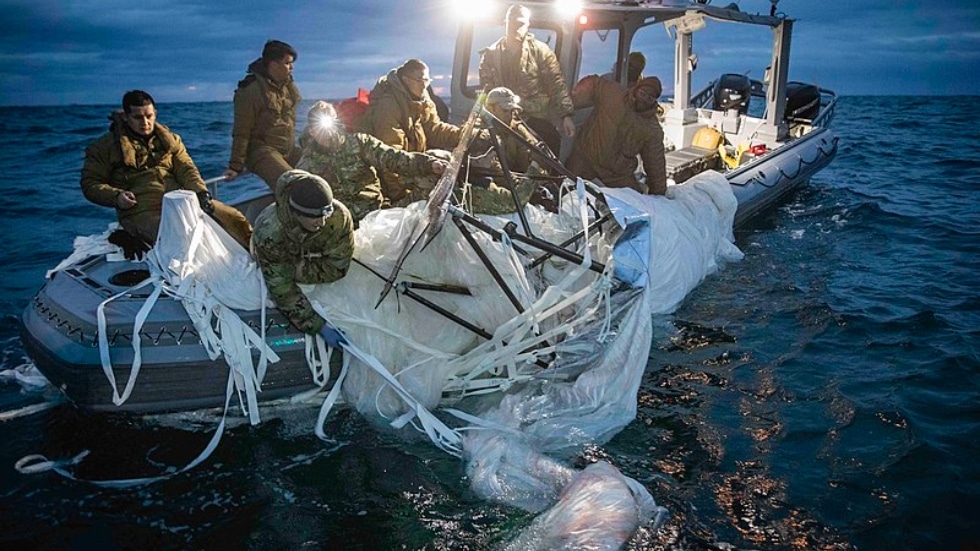The Pentagon has claimed that Secretary of Defense Lloyd Austin could not reach his Chinese counterpart shortly after an American fighter jet shot down a craft Beijing says was a weather balloon. A department official said China’s refusal to take calls on a bilateral hotline was ”dangerous.” Last week, Secretary of State Antony Blinken canceled a planned meeting with the Chinese foreign minister after the balloon was spotted in American skies.
According to the Pentagon, Austin placed a call to Chinese Defense Minister Wei Fenghe shortly after an F-22 shot down a Chinese craft over the Atlantic Ocean on February 4. Austin attempted to reach Wei on a bilateral hotline established between the US and China.
Chinese Defense Ministry Spokesman Tan Kefei explained on Thursday that Beijing did decline the call and accused the US of waging an ”information war.”
”Given that this irresponsible and seriously erroneous approach by the US did not create a proper atmosphere for dialogue and exchanges between the two militaries, China did not accept the US proposal on the phone call,” he said. ”The US claims that the balloon is part of the so-called aircraft fleet. I don’t know about it. I think it may be part of the US information war against China.”
Washington’s indignation toward Beijing is somewhat ironic. Just last week, America’s top diplomat abruptly scrapped high-level talks in China, with the State Department claiming it did not want the meeting to be dominated by disagreement over the balloon.
Assistant Secretary of Defense Ely Ratner told Congress on Thursday that China’s refusal to use the hotline was ”really dangerous,” saying ”unfortunately, to date, the [People’s Liberation Army] is not answering that call.”
American defense officials said the craft did not present a military threat and would be unable to collect data that Beijing could not obtain with low-Earth orbit satellites. China has maintained the aircraft was a weather balloon used for scientific purposes, and says it regrets that it drifted off course.
President Joe Biden has continued to downplay the event this week. During an interview on Thursday, the president claimed the incident was ”not a major breach” and insisted his administration handled it properly. ”Look, the total amount of intelligence gathering that’s going on by every country around the world is overwhelming,” he said.
Still, the presence of the balloon allowed many politicians and pundits to claim China was threatening Americans. Earlier this week, the US House unanimously passed a resolution condemning China for a ”brazen violation” of US sovereignty. The legislation further rebuked Beijing for allegedly attempting to deceive the international community about the true purpose the balloon, claiming it has embarked on ”intelligence collection campaigns.”
On Wednesday, the Pentagon doubled down on its claim that the airship was a spy craft, but continued to offer no evidence to support the charge. ”This was not for civilian purposes, we are 100% clear on that,” Department of Defense spokesman Brigadier General Pat Ryder said, slamming Chinese officials for failing to address the issue in public ”until after they were called out.”
China responded sharply to the new legislation, with Foreign Ministry spokesperson Mao Ning denouncing the measure as a provocation. “The resolution by the US Congress was purely political manipulation and hyping up,” she said.
This article was originally featured at Antiwar.com and is republished with permission.
































